


Discover our courses
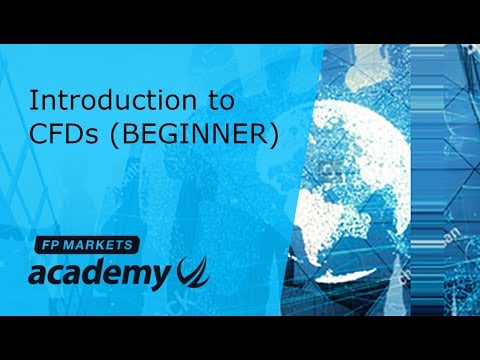
Course 1 | Beginner
Introduction to CFDs
Contract for Differences (CFDs) can be difficult for new traders to grasp. Our introductory video explains the basics in an easy-to-watch format, including CFD markets available to trade and how leverage works.

Course 1 | Beginner
The Foreign Exchange Market: Understand its Basic Framework
Serving as the largest financial market in the world, the Forex market has a lot to offer. This video directs the spotlight toward the essentials, such as dominant currencies and the organisation of currency pairs.

Course 1 | Beginner
Currency Pairs: Learn How Currencies Function in Forex
Grasping how currency pairs are structured, and understanding the terminology used is crucial in Forex trading and investing. This short video highlights reviews how currency pairs are organised and also how they are categorised.

Course 1 | Beginner
What is Technical Analysis?
Technical analysis continues to gain in popularity. Here we highlight key assumptions held by technical analysts, draw attention to basic chart types, and look at some popular technical analysis tools.

Course 1 | Beginner
What is Fundamental Analysis in the Forex Market?
As fundamental analysis centres its focus on the economic landscape to determine possible trends, our analyst helps explain essentials in this short video, focussing on key fundamental drivers, monetary policy and much more.

Course 2 | Beginner
What is a Pip in the Forex Market?
A pip, or percentage in point, represents a currency pair’s unit of change and is vital to understand for Forex traders. This short video features key points, such as what a pip represents and the basic calculation behind the value of a pip.

Course 2 | Beginner
What are Bid and Ask Price Levels?
When traders engage with the financial markets, they do so at the current bid and ask price levels. This is often a source of confusion for new traders. Therefore, in this short video, we demonstrate the characteristics that make up the bid and ask price levels.
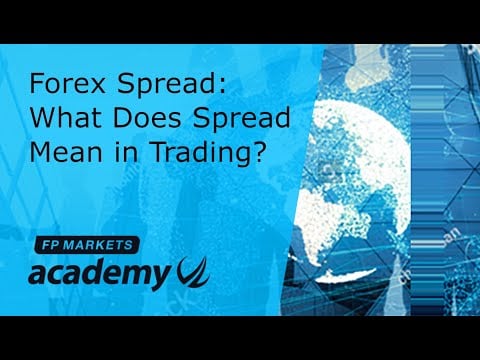
Course 2 | Beginner
Forex Spread: What Does Spread Mean in Trading?
Spread can take on different interpretations depending on the context; here we concisely establish that in Forex, spread refers to the distance between the current bid and ask price levels.

Course 2 | Beginner
What is Slippage?
Slippage helps explain why some trades fill at different price levels. This short presentation embarks on understanding what causes slippage and things we can do to mitigate slippage risks.

Course 2 | Beginner
What are Lots in Forex?
A ‘lot’ in the Forex market is a way in which traders, investors, and brokers measure transaction size. You’ll discover how to identify and differentiate between three of the most common lot sizes, as well as understand the correct trading volume metrics to input in your MetaTrader Order Window.

Course 2 | Beginner
What is Margin and Leverage? (Beginners)
Margin and leverage are closely related topics. Mastering these two components can be complicated, though through our short video you’ll gain enough knowledge to build a firm understanding of not only the individual elements but also how they merge.

Course 2 | Beginner
What are Swaps in the Forex Market
A swap rate in the Forex market is paid at the time of rollover. Developing one’s understanding of this concept can help with trade identification, particularly with long-term trading strategies.
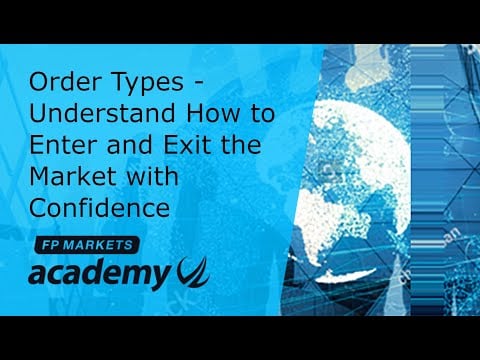
Course 2 | Beginner
Order Types—Understand How to Enter and Exit the Market with Confidence
The types of orders available in the market are crucial to understand. It can mean the difference between a winning trade and a losing one. At the end of this short video you’ll be able to identify basic order types and know when and where to use them.
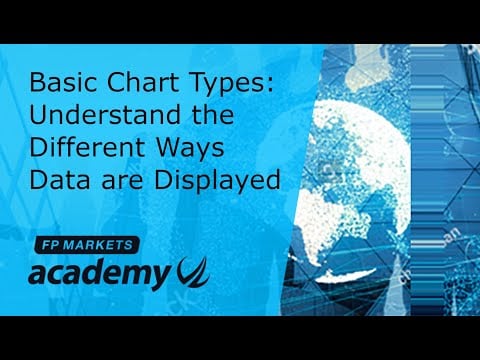
Course 3 | Beginner
Basic Chart Types
How we view data can be broken down into three common types of charts: line chart, bar chart, and candlestick chart. While many market participants favour the candlestick chart, it’s important to recognise how the line and bar charts are formulated.
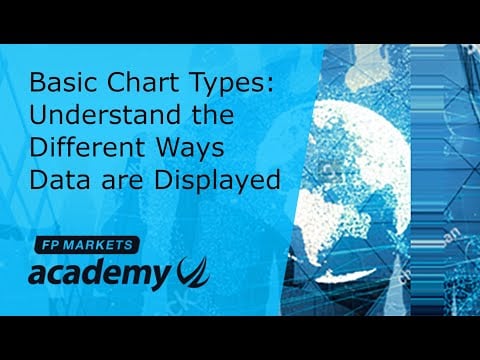
Course 3 | Beginner
Getting Started with Technical Indicators
Technical indicators form a large part of technical analysis, enabling traders and investors to analyse momentum, trend strength, volatility, and much more. Join us in this short video and begin using technical indicators today.

Course 3 | Beginner
Money Management in Forex Trading: The Basics
It doesn’t matter whether your account equity is 1,000 USD or 1,000,000 USD, correct money management principles must apply. Learn the basics here and begin implementing it in your trading.

Course 3 | Beginner
The Moving Average Convergence Divergence (MACD) An Introduction
Focusing on the convergence and divergence of two moving averages, the MACD offers a versatile trading application for all financial markets and timeframes. You’ll learn the main components of the indicator and its calculation.

Course 3 | Beginner
The Stochastic Oscillator: An Introduction (1)
Serving as another momentum oscillator, this introductory video shows the key elements of the stochastic oscillator, an easy-to-read directional measurement of price momentum, bounded between 0 and 100.

Course 3 | Beginner
The Relative Strength Index (RSI): An Introduction
The RSI is another technical indicator that falls under the umbrella of momentum gauges. Here we undress the basic features and hone in on the dynamics behind the indicator’s formula.

Course 2 | Intermediate
What is Position Sizing in Forex (Part One)?
Position sizing refers to a trader’s transaction size. This is crucial to understand before placing any trades. Over the course of three videos, we underline the components of position size calculation.

Course 2 | Intermediate
What is Position Sizing in Forex (Part Two)?
Following on from our first position sizing video, part two unwraps how to calculate a position size when the account currency is identical to the base currency of the currency pair traded.

Course 2 | Intermediate
What is Position Sizing in Forex (Part Three)?
Parts 1 and 2 focussed on position sizing for accounts denominated in the same currency as the Forex pair’s term value, as well as how to size positions for an account currency identical to the base currency of the Forex pair, Part 3 will look at how to determine your position size if you’re trading currency pairs that aren’t in your account denomination.
Currency Pairs: Learn how currencies function in forex
The FX market operates by way of currency pairs. To make it more simple, think of it as comparing the value of one currency against that of another, in the form of a quotation.
Understanding basic chart types
What is a chart? What are the most common chart types? How are they different? Did you know that all financial markets generate data? Click to understand the Different Ways Data are displayed.
What is a pip in the forex market?
A pip, or percentage in point, represents a currency pair’s unit of change, equal to 1/100th of 1%. It represents the smallest price movement any exchange rate can make.

 Akses +10,000 instrumen kewangan
Akses +10,000 instrumen kewangan Auto buka & tutup kedudukan
Auto buka & tutup kedudukan Kalendar berita & ekonomi
Kalendar berita & ekonomi Penunjuk & carta teknikal
Penunjuk & carta teknikal Banyak lagi alat yang disertakan
Banyak lagi alat yang disertakan
Dengan memberikan e-mel anda, anda bersetuju dengan dasar privasi FP Markets dan untuk menerima bahan pemasaran yang akan datang daripada FP Markets. Anda boleh menghentikan langganan pada bila-bila masa.
Source - database | Page ID - 3728